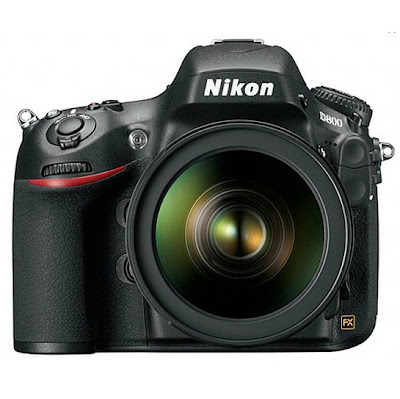On Monday, Microsoft made official its first own-branded Windows 8-based PC, Surface, a tablet packing the latest advancements in the industry and designed specifically to fit the next-generation platform from the company.
In fact,
two tablets were unveiled on Monday, one powered by Windows RT, featuring an ARM processor inside, and another sporting Windows 8 Pro, which is based on a third-generation Intel Core processor.
With Windows 8, Microsoft managed to reinvent Windows, through bringing a set of optimizations for use on touch devices, and through packing the platform with all the features that users need today to stay connected at all times, while enjoying great performance on their PCs. While on stage at the unveiling event for the new product, Microsoft’s CEO Steve Ballmer said “the intersection between human and machine can be made better when all aspects of the experience, hardware and software are considered and working together.”
According to Ballmer, the focus today is on ensuring that users receive a great experience by having hardware and software work together better than ever before. The company is actively working with its hardware partners on ensuring that. Thus, Surface was built as the ultimate companion for Windows 8, being set to become a whole new class of computing devices from Microsoft. It was designed in line with the same vision on which Windows 8 was based, aimed at enabling productivity, creativity, and entertainment. At only 9.3mm, the tablet is thick enough to enable the addition of a USB 2.0 port. It sports a magnesium case, and it was created using a unique approach called VaporMg (pronounced Vapor-Mag).
Surface comes with edges angled at 22 degrees, which according to Microsoft, reflect a natural position for the PC at rest or in active use. It comes with great streaming capabilities for those users who are looking for an entertainment device, with 2x2 MIMO antennae to provide great wireless reception at all times.
Surface offers the performance levels of today's PCs
Although as thin, the tablet does comes with great computing capabilities, including support for all the productivity suites that users are already accustomed with. Basically, Surface was aimed at becoming the thinnest full PC in the world. On the back, it sports an integrated kickstand, so that users can transition Surface from active use to passive consumption, such as watching a movie or using the front- or rear-facing video cameras. For increased usability and protection, Surface also comes with a 3 mm Touch Cover. It packs a unique pressure-sensitive technology, so that it can sense keystrokes as gestures, for faster typing than on a touchscreen.
“Touch Cover clicks into Surface via a built-in magnetic connector, forming a natural spine like you find on a book, and works as a protective cover. You can also click in a 5 mm-thin Type Cover that adds moving keys for a more traditional typing feel,” Microsoft notes. For increased input options, Surface for Windows 8 Pro, which was designed to reduce battery usage while offering the same performance as any ultrabook today, also offers support for digital inking, so that users could take notes on it at ease. Both Surface for Windows RT and Windows 8 Pro will be accompanied by a range of Touch or Type Covers, featuring various color options, to offer increased customization possibilities to users. Featuring 10.6” ClearType HD Display and Full HD Display, respectively, Surface for Windows RT and Windows 8 Pro are meant to take not only on high-end tablet PCs, but also on ultra-light notebook PCs available on shelves today.
In fact, Microsoft also said that all these features and capabilities would be released at prices that match those of high-end tablets for the Windows RT version, or the costs of ultrabooks for the Windows 8 Pro version. The Redmond-based software giant also confirmed that, while Surface for Windows RT would be released at the same time as Windows 8, Surface for Windows 8 Pro would arrive three months later. Overall, Microsoft worked on ensuring that they managed to deliver the best Windows 8 PC ever. As Microsoft’s Panos Panay said on stage, Surface was designed so that the hardware would fade to the background and that the software would come to the surface.
You can learn more on what Microsoft had to say on the tablets via the Microsoft Surface presentation event video on
Microsoft’s website.




 6/19/2012 08:35:00 PM
6/19/2012 08:35:00 PM
 dannzfay
dannzfay






























